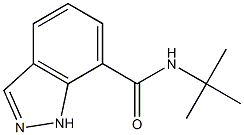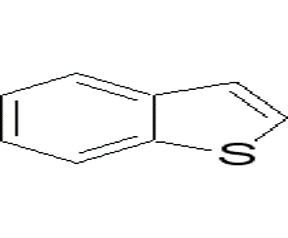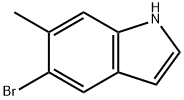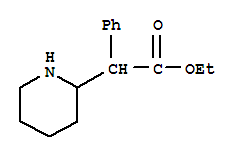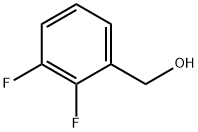Vanillin(CAS#121-33-5)
| Hazard Symbols | Xi – Irritant |
| Risk Codes | R22 – Harmful if swallowed R36/37/38 – Irritating to eyes, respiratory system and skin. R36 – Irritating to the eyes |
| Safety Description | 26 – In case of contact with eyes, rinse immediately with plenty of water and seek medical advice. |
| WGK Germany | 1 |
| RTECS | YW5775000 |
| TSCA | Yes |
| HS Code | 29124100 |
| Toxicity | LD50 orally in rats, guinea pigs: 1580, 1400 mg/kg (Jenner) |
Introduction
Vanillin, chemically known as vanillin, is an organic compound with a unique aroma and taste.
There are several ways to make vanillin. The most commonly used method is extracted or synthesized from natural vanilla. Natural vanilla extracts include grass resin extracted from vanilla bean pods and wood vanillin extracted from wood. The synthesis method is to use the raw phenol through phenolic condensation reaction to generate vanillin.
Vanillin is a combustible substance and should be kept away from open flames and high temperatures. Wear protective gloves and goggles during operation to avoid contact with skin and eyes. Inhalation of its dust or vapours should also be avoided and operations should be carried out in well-ventilated places. Vanillin is generally considered to be a relatively safe chemical that does not cause greater harm to humans when used and stored correctly. However, for some people with allergies, long-term or large exposure to vanillin may cause allergic reactions and should be used with caution.




